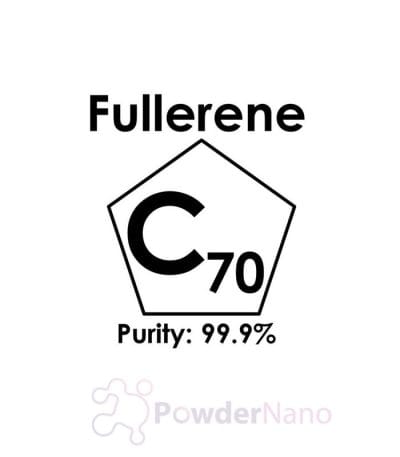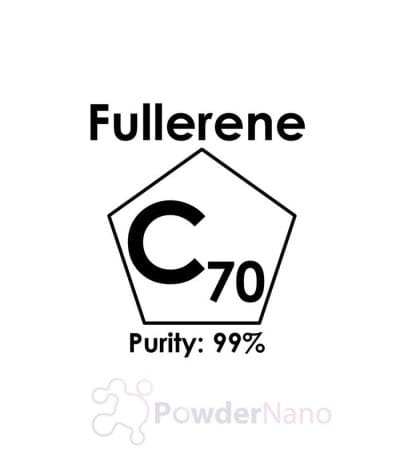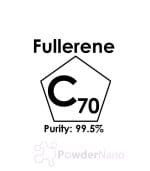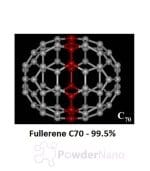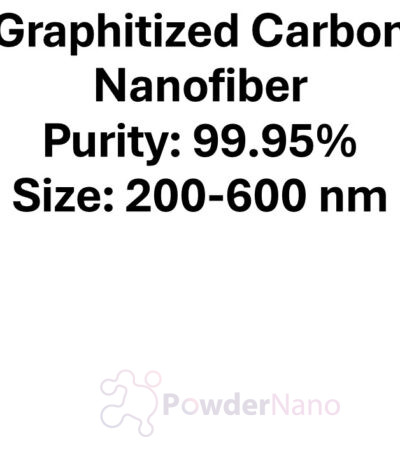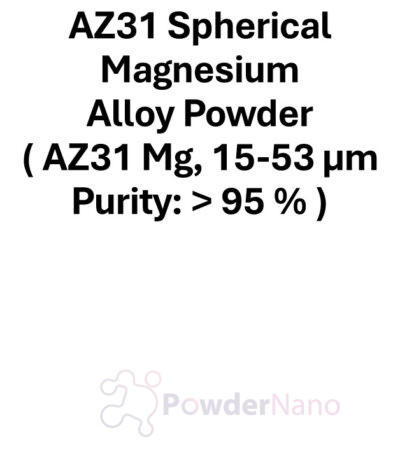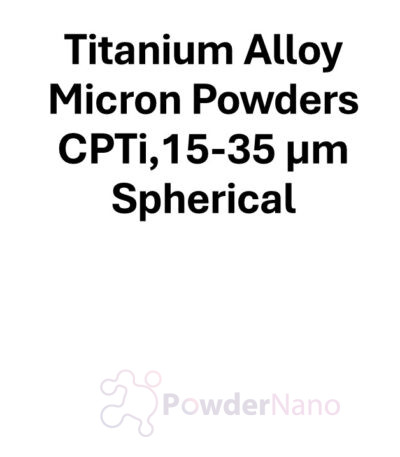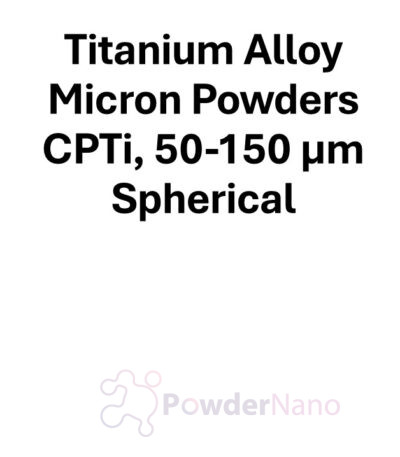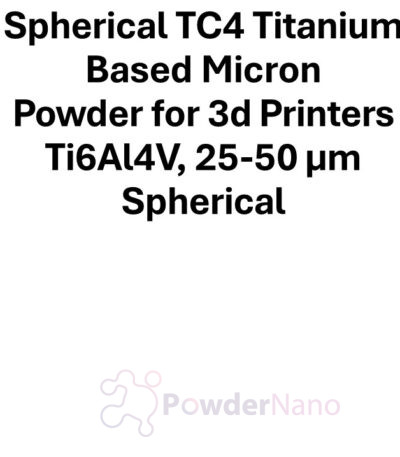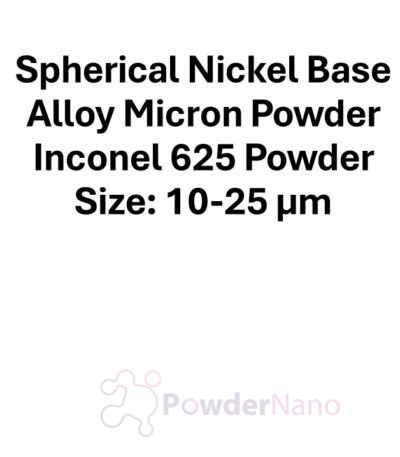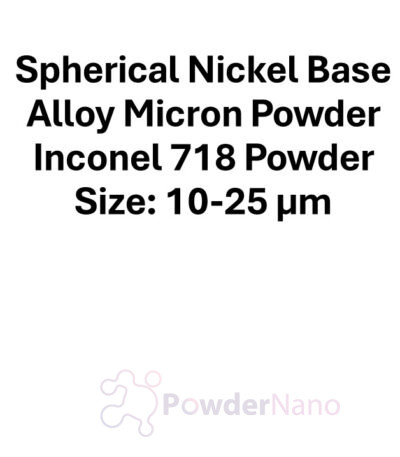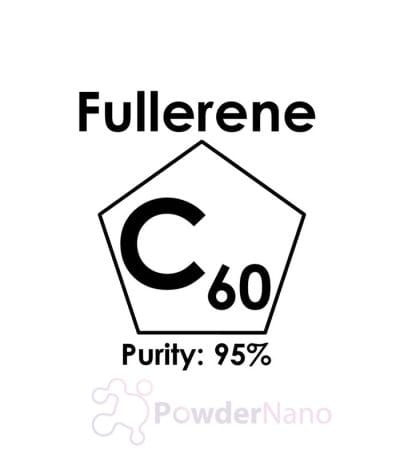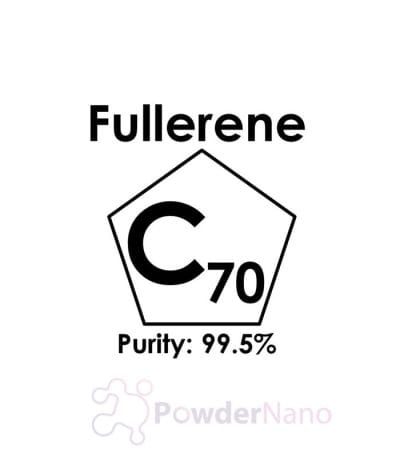Fullerene-C70, Purity: 99.5%
Description:
Fullerene-C70 with a purity of 99.5% is an ultra-pure nanomaterial consisting of 70 carbon atoms arranged in a unique elongated, rugby ball-shaped structure. Its extremely high purity ensures minimal impurities, making it an ideal choice for precision-demanding applications in nanotechnology, biomedical research, and advanced materials development. The material’s distinct chemical, optical, and electronic properties enhance its versatility across multiple domains.
Technical Properties
- Molecular Formula: C₇₀
- Molecular Weight: 840.75 g/mol
- Structure: Elongated spheroidal shape composed of 12 pentagons and 25 hexagons
- Melting Point: Sublimates at approximately 500°C under vacuum
- Density: ~1.7–1.9 g/cm³ (solid form)
- Thermal Stability: Stable up to ~800°C in an inert atmosphere
- Solubility: Soluble in non-polar solvents like toluene, benzene, and carbon disulfide; insoluble in water
- Optical Properties: Strong UV-visible light absorption; exhibits characteristic near-infrared absorption peaks
- Electrical Properties: Semiconductor with a narrow bandgap; displays electron transfer and photoconduction capabilities
- Reactivity: Can be functionalized to form fullerol, carboxyfullerene, and other derivatives for specific applications
Applications
- Energy and Electronics
- Enhances the performance of organic photovoltaics (OPVs) by improving electron transport
- Plays a key role in organic light-emitting diodes (OLEDs) and organic field-effect transistors (OFETs)
- Improves the charge storage capacity and cycle life of lithium-ion batteries and supercapacitors
- Biomedical Applications
- Acts as a powerful antioxidant for scavenging free radicals, aiding in oxidative stress research
- Functionalized derivatives are used for targeted drug delivery, reducing side effects and increasing efficacy
- Investigated in photodynamic therapy (PDT) for treating cancers and other diseases
- Catalysis
- Serves as an efficient catalyst for oxidation, hydrogenation, and polymerization reactions
- Functions as a catalyst support in industrial-scale chemical processes
- Advanced Materials
- Enhances the mechanical strength, flexibility, and thermal resistance of composites and polymers
- Used in the development of high-performance lubricants and coatings for friction and wear reduction
- Environmental Applications
- Effective in adsorbing organic pollutants, toxins, and heavy metals for water purification
- Explored as a material for carbon dioxide capture and other environmental remediation solutions
- Scientific Research
- Preferred for studying photophysical and quantum phenomena at the nanoscale
- Used as a reference molecule in spectroscopic studies and for developing nanoscale devices
Storage and Handling
- Storage Conditions: Store in a sealed, airtight container in a cool, dry, and dark environment to maintain stability and prevent degradation.
- Safety Precautions: Handle using appropriate personal protective equipment (PPE), such as gloves, goggles, and respirators, to avoid exposure. Prevent inhalation, ingestion, or direct skin contact, as nanoparticles can be reactive.
